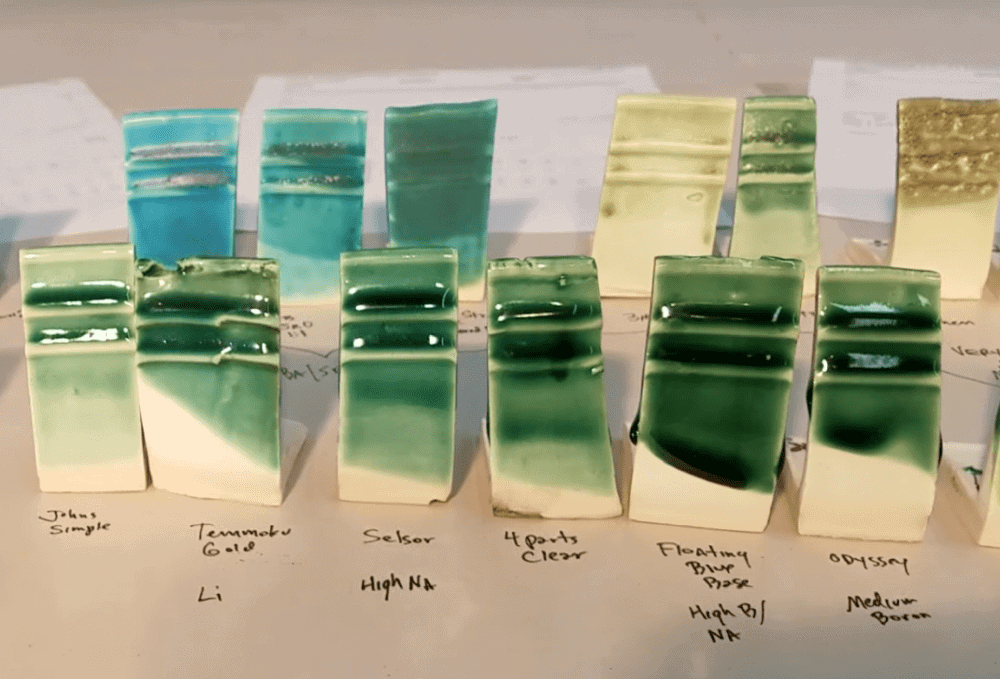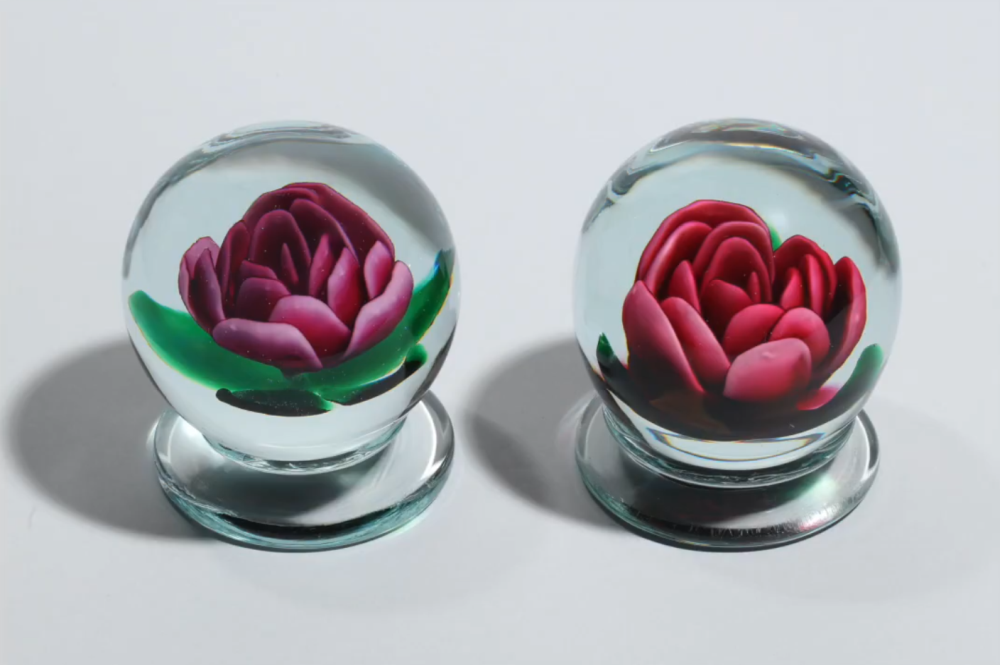
[Image above] Example of various copper glazes. Researchers in South Korea recently demonstrated the potential of copper-glazed ceramic tiles to maintain long-lasting antibacterial efficiency. Credit: John Britt, YouTube
Everything in the built environment serves a purpose. But what if it could serve more than one? Ceramic coatings offer a way for that to happen.
By coating a building’s walls and roof in a thin ceramic layer, architects have functionalized these structural elements to serve many additional purposes. For example, to combat heat, to reduce air pollution, and even to store energy.
Ceramic coatings can also be used for antibacterial and antiviral purposes. This area of surface functionalization research is receiving much attention recently due to concerns arising from the COVID-19 pandemic.
Many studies on antibacterial ceramic coatings approach the topic with an eye toward inactivating or destroying the pathogen. However, coatings that directly engage with infectious agents typically suffer from poor durability and may inadvertently contribute to increasing bacterial resistance.
Instead, some researchers are looking to improve antibacterial properties by inducing superhydrophobicity on the surface.
Superhydrophobicity describes a substance that has an extreme aversion to water and thus is extremely difficult to get wet. It is hoped that superhydrophobic ceramic coatings could inhibit bacterial adhesion and prevent formation of thick biofilms on the underlying surface—thus achieving sterilization through blocking the pathogen rather than destroying it.
In a recent study, three researchers from the Icheon Branch of the Korea Institute of Ceramic Engineering and Technology investigated the potential of copper glazes to create a superhydrophobic ceramic tile.
Copper glazes, which contain either black/red copper oxide, copper carbonate, or copper sulfate, are traditional porcelain glazes. Fortuitously, copper and copper alloys are solid antimicrobial materials that are widely used in the development of antibacterial products.
The Korean researchers previously showed here, here, and here that oxidation and reduction heat treatment conditions can affect the antibacterial properties and hydrophobicity of copper glazes. However, so far, the durability of copper glazes when applied to ceramic tiles has not been confirmed.
In this study, the researchers systematically investigated the antibacterial properties of copper-glazed ceramic tiles by installing them in a public bathroom, where they were evaluated every 6 months for two years.
Compared to ceramic tiles coated in a standard glaze without copper, which showed no antibacterial activity against the common bacteria Staphylococcus aureus and Escherichia coli, the copper-glazed tiles exhibited some antibacterial activity against both types of bacteria, dependent on the glaze thickness.
The best results were achieved for a copper glaze with a thickness of 150–200 μm, which maintained antibacterial efficiency at 99.9% against both bacteria for all two years.
These results were achieved despite the surface being only mildly hydrophobic (water contact angle of 109.6 ± 0.4°, in contrast to a superhydrophobic contact angle of 150°). The additional factor of copper ion dissolution, which killed bacteria adsorbed on the surface, contributed to the success.
It may be tempting to attribute most of the success to the copper ion dissolution. However, the researchers showed the mild hydrophobicity played an equally important role because thinner/thicker glazes with smaller contact angles did not maintain the same antibacterial efficiency. For example, copper glazes with a thickness of 200–250 μm (contact angle of 66.3° ± 1.2°) had antibacterial efficiencies of only 89.4% and 82.1% against S. aureus and E. coli, respectively.
Ultimately, then, the combination of hydrophobicity and ion dissolution “together inhibit the formation of colonies of S. aureus and E. coli bacteria on the glaze surface,” the researchers write.
The paper, published in Journal of the Korean Ceramic Society, is “Antibacterial persistence of hydrophobically glazed ceramic tiles” (DOI: 10.1007/s43207-022-00216-x).
Author
Lisa McDonald
CTT Categories
- Art & Archaeology


